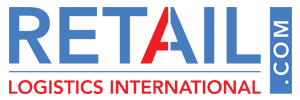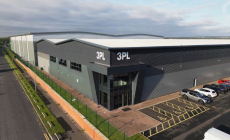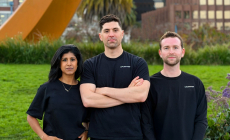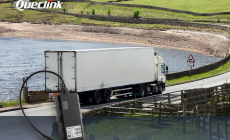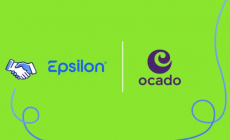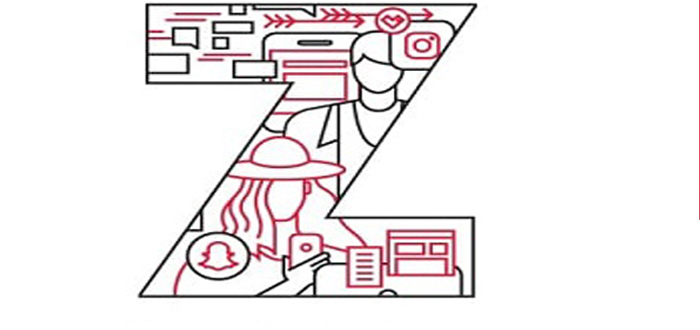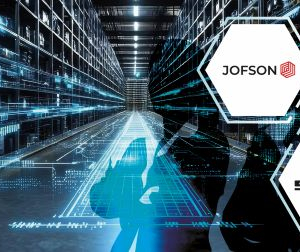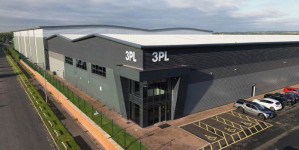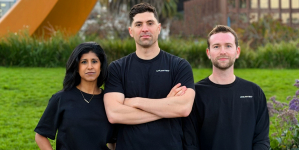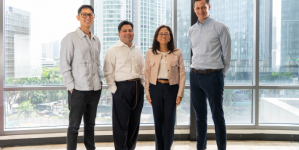-
Women Leading the Way in the UK Material Handling Industry - 2 days ago
-
DATA ANALYSIS – THE FOUNDATION OF EVERY PEAK SEASON - December 5, 2025
-
Creative education specialists Creative Hut give 3PL full marks for onboarding excellence - December 5, 2025
-
Unlimited Industries raises $12M to build the AI construction company that will power America’s future - December 4, 2025
-
Etaily lands strategic investment from Japan’s SMBC – bringing total funding to $24M for Social Commerce enablement platform - December 4, 2025
-
Prism eLogistics and Brand Angels Partnership Gives Brands the Full Package - December 3, 2025
-
New data shows Tesla in danger of losing its way as European consideration to buy Chinese cars jumps 16% in 12 months - December 3, 2025
-
QUECLINK DEVELOPS SATELLITE-ENABLED VEHICLE TRACKING FOR UNINTERRUPTED TRANSPORT MANAGEMENT - December 3, 2025
-
Ocado Ads partners with Epsilon for people-based precision - December 3, 2025
-
Combilift Unveils the 2025 Christmas video “Twelve Days of Christmas” – with a Twist! - December 1, 2025
The Workforce’s Newest Members: Generation Z
If there’s one thing that is constant, it’s change: It’s an old saying. And that applies to the workplace and the workforce, too. Take generational change in your employee base, for example. Different generations exhibit different characteristics, and the world events that influenced one group of people may not be the same that influences another.
A lot of eyes are turned expectedly toward Generation Z. That’s the group of people that was born in the late 1990s to about 2010. They’re unique in several ways, most notable of which is their technological prowess. This group, which is about one-quarter of the population, is incredibly diverse—so much so that about half of them identify as non-white.
While some of those traits might make you think they are optimistic, this generation was actually quite influenced by the great recession. So how does that collection of traits mean for the workplace? This graphic explains it.

